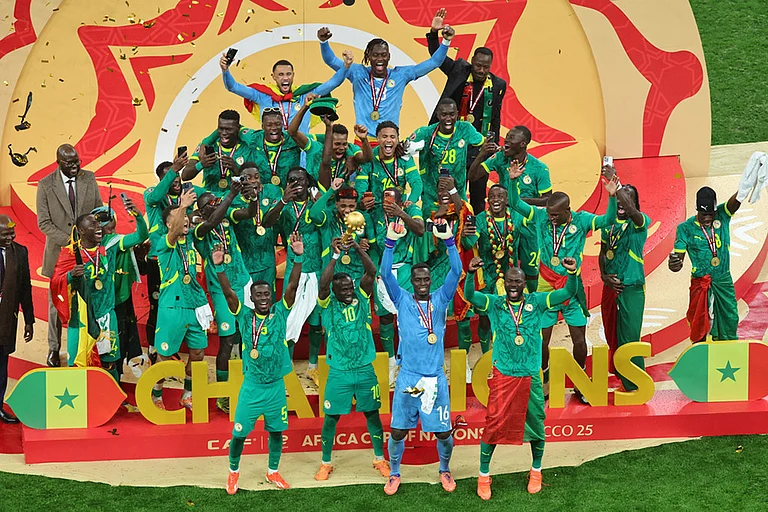Those who have never walked through dark and dangerous forests at night may find it difficult to appreciate not one but several such journeys into Dandakaranya undertaken by the author, spread over seven long years, which resulted in this slim and eminently readable volume. It provides another first-hand account of what Maoists are up to in Chhattisgarh and is a worthy addition to several such recent accounts—Jan Myrdal’s Red Star Over India, Days And Nights In The Heartland Of Rebellion by Gautam Navlakha and Hello, Bastar by Rahul Pandita, among others.
Not surprisingly, like the others this too is a largely sympathetic, and even one-sided account of the insurgents—Choudhary is forced to wonder aloud whether he was an embedded journalist on a conducted tour. But being a son of the soil, who had made the acquaintance of Vasu, a Maoist of some substance in his younger days, Choudhary was on surer ground.
Dandakaranya was meant to be a hideout for the Maoists. But in less than three decades, the forest and mountain range straddling over the five states of Chhattisgarh, Jharkhand, Andhra Pradesh, Orissa and Maharashtra, has transformed into the insurgents’ headquarters. Choudhary’s conversations provide the Maoists’ view of how this came about. One of the illuminating passages suggest that the so-called spontaneous uprising by the tribals against the Maoists called Salwa Judum was planned in New Delhi and executed by the government. The author quotes traders and forest officials admitting that they were alerted in advance and advised not to bid in areas where the ‘spontaneous’ uprising would start months later.
Maoists the author speaks to are surprisingly candid in confessing that they are worried over the attrition rate in their ranks. They freely admit that in Dandakaranya alone, their annual budget is around `12 crore, part of which is funded by tendu-leaf traders (but there is silence on the remaining sources) and that some of them got used to ‘over-spending’. It was a mistake, they say, to accept money from Essar, a private steel company. Comrade Kosa, the top Maoist leader in Dandakaranya, shows off his AK-47, a walkie-talkie and his solar-powered laptop to the author. At the camp, Maoists assemble to watch the film Mrityudand on the laptop. Asked what his son was doing, Kosa casually mentions that he had finished college and was working in the US. In another delightful irony, the book notes that the present Rajah of Bastar, an alumnus of the London School of Economics, is leading tribals to rally against the mining projects of the Tatas.
The book courted an entirely unnecessary controversy by quoting a Maoist courier who claimed that money had been sent to Dr Binayak Sen, the human rights activist undergoing trial for allegedly aiding the insurgents, to arrange for the legal defence of a top Maoist leader in jail. Sen’s role was not germane to the book, and the reference also got diluted because other Maoists, and even the said messenger, have said that Sen never received the money and that he never worked for them.
The title of the book, and the light, conversational style are designed to draw readers who may not have the patience or the inclination also to read about insurgencies. But it provides invaluable insights to policymakers and more serious readers.


























